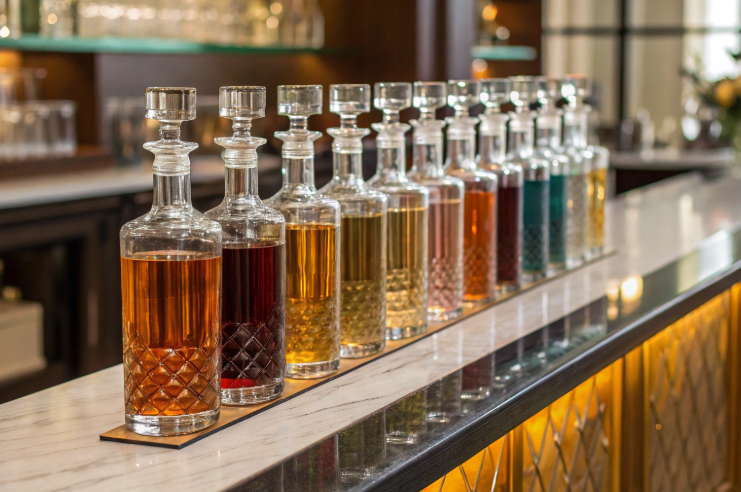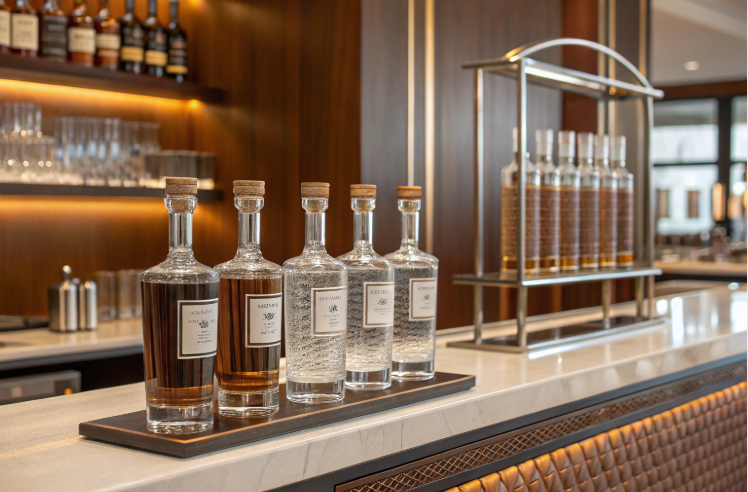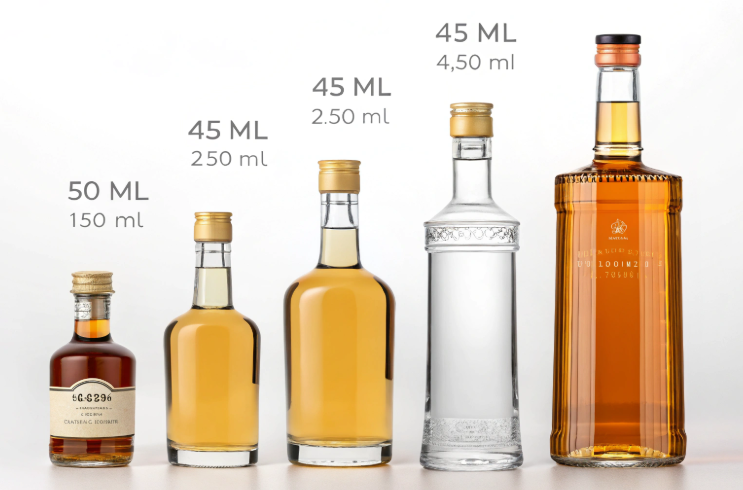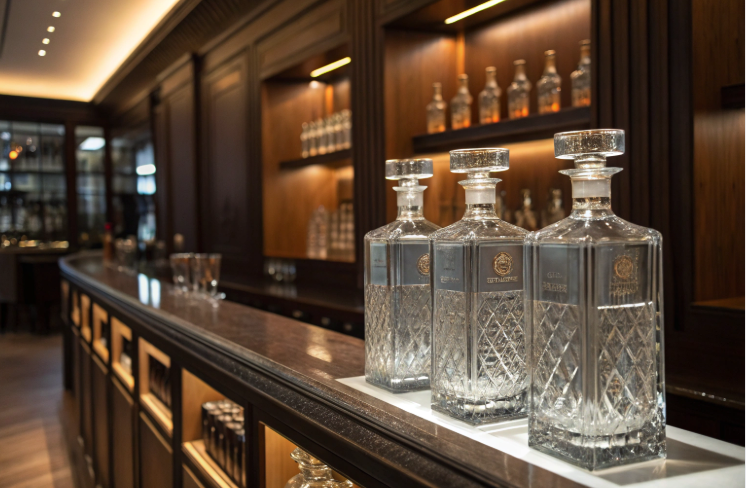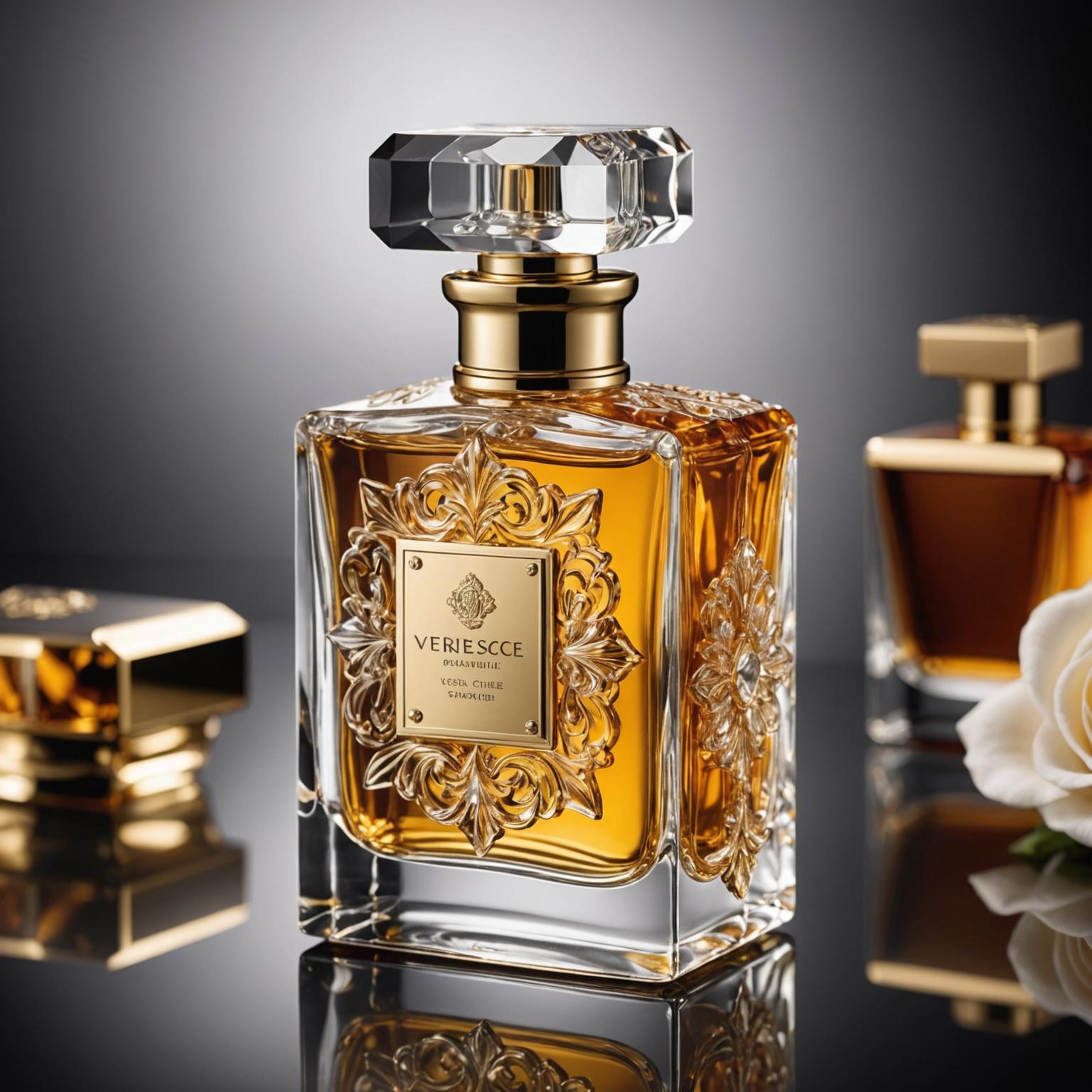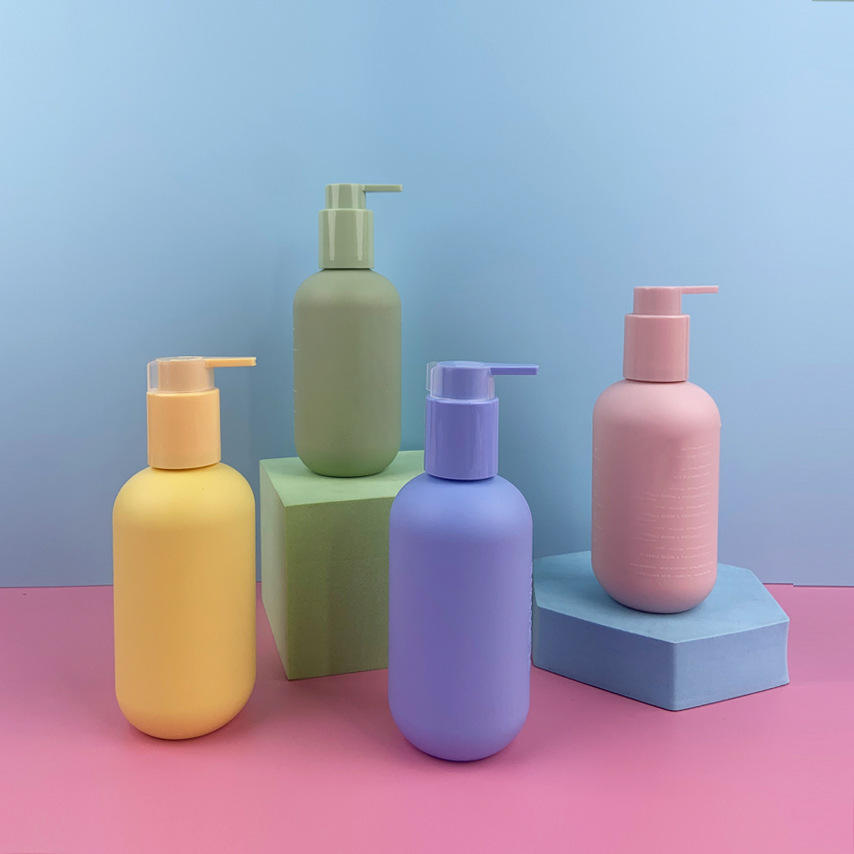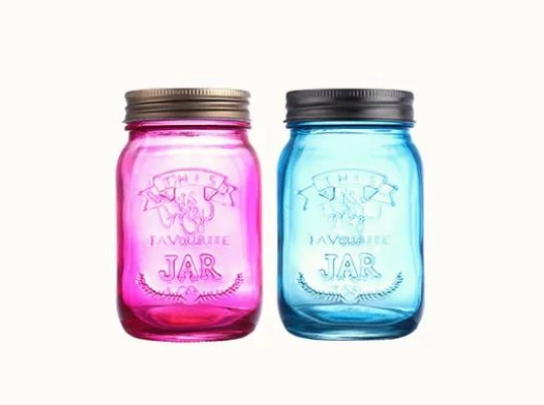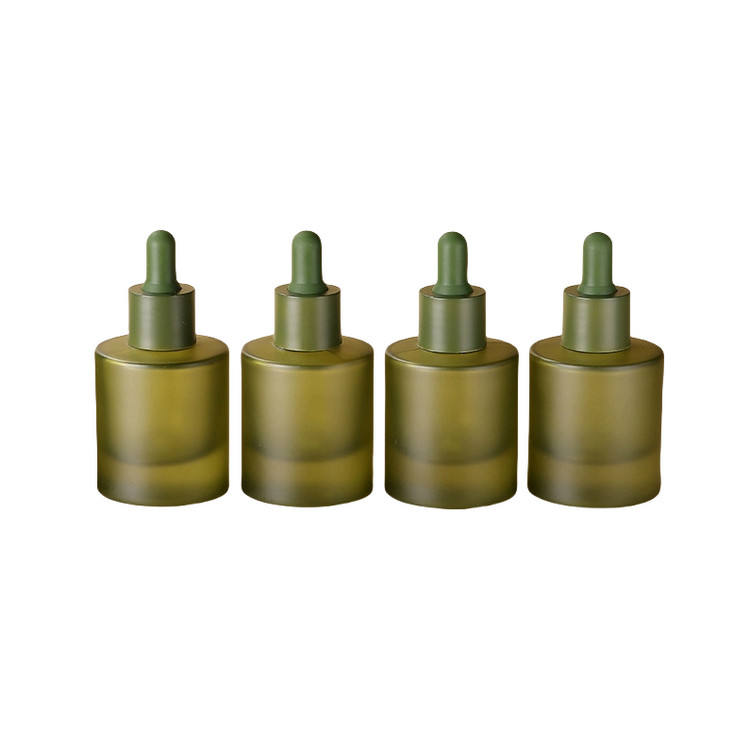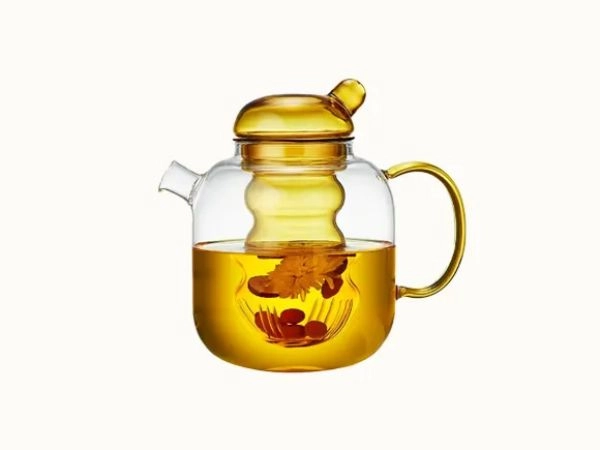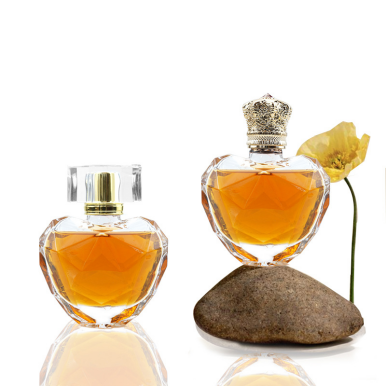In the world of spirits and alcoholic beverages, the size and shape of aliquor bottleplay a critical role in branding, functionality, and consumer experience. Whether you are a beverage brand owner, a bar manager, or a curious consumer, understanding the different liquor bottle sizes and their applications is essential. This comprehensive guide explores the most popular liquor bottle sizes, their measurements, industry standards, and the importance of customization. Special attention is given to howwww.paupacking.com, a leading packaging manufacturer, can help you create the perfect bottle for your brand.
Table: Common Liquor Bottle Sizes
| Bottle Type | Volume (ml) | Volume (oz) | Typical Use Case | Approx. Shots (1.5 oz) |
|---|---|---|---|---|
| Miniature | 50 | 1.7 | Samples, gifts, travel | 1 |
| Quarter Pint | 100 | 3.4 | Gifts, travel | 2 |
| Half Pint | 200 | 6.8 | Personal, small gatherings | 4 |
| Pint | 375 | 12.7 | Personal, cocktails | 8 |
| Fifth | 750 | 25.4 | Standard retail, bars | 16 |
| Liter | 1000 | 33.8 | Bars, restaurants, retail | 22 |
| Magnum | 1500 | 50.7 | Celebrations, clubs | 34 |
| Handle | 1750 | 59.2 | Large parties, bars | 39 |
| Jeroboam | 3000 | 101.4 | Events, clubs | 67 |
| Rehoboam | 4500 | 152.2 | Large events, special orders | 101 |
1. Understanding Liquor Bottle Sizes
1.1 Why Bottle Size Matters
Bottle size is more than a matter of convenience; it impacts serving size, pricing, branding, and even regulatory compliance. Smaller bottles are ideal for sampling and gifting, while larger bottles are suited for bars, restaurants, and large events. The right bottle size can also influence consumer perception and purchasing decisions.
1.2 Global Standards and Regional Variations
Liquor bottlesizes are standardized in most markets, but there are regional variations. For example, the 750 ml fifth is standard in the United States and much of the world, while the liter and magnum sizes are popular in Europe and for special occasions. Understanding these differences is crucial for brands that export internationally.
2. Detailed Overview of Bottle Types
2.1 Miniature (50 ml)
Miniature bottles, also called nips or shooters, typically hold 50 ml (1.7 oz) of liquor. They are perfect for single servings, product samples, and travel kits. Brands use miniatures for promotional campaigns and as gifts.
2.2 Quarter Pint (100 ml)
Quarter pints contain 100 ml (3.4 oz) and are commonly found in travel retail and as part of gift sets. They offer a convenient option for consumers who want to try a new spirit without committing to a full-size bottle.
2.3 Half Pint (200 ml)
Half pints hold 200 ml (6.8 oz) and are popular for personal use or small gatherings. They are also a common choice for limited-edition releases and on-the-go consumption.
2.4 Pint (375 ml)
The pint size, at 375 ml (12.7 oz), is widely used in North America and other regions. It provides about eight standard shots and is a favorite for cocktails and personal use.
2.5 Fifth (750 ml)
The fifth is the most recognized bottle size globally, containing 750 ml (25.4 oz). It is the standard for retail sales, bars, and restaurants, offering around 16 shots per bottle. This size balances convenience, value, and versatility.
2.6 Liter (1000 ml)
A liter bottle holds 1000 ml (33.8 oz) and is often used in bars and restaurants for high-volume service. It offers about 22 shots, making it cost-effective for establishments.
2.7 Magnum (1500 ml)
Magnum bottles, with a capacity of 1500 ml (50.7 oz), are synonymous with celebrations and upscale events. They are often used for champagne, wine, and premium spirits, providing 34 shots per bottle.
2.8 Handle (1750 ml)
A handle refers to a 1.75-liter bottle (59.2 oz), popular in the United States for parties and bars. It typically features a handle for easy pouring and contains 39 shots.
2.9 Jeroboam (3000 ml) and Rehoboam (4500 ml)
These extra-large bottles are used for special occasions, events, and clubs. Jeroboam holds 3 liters (101.4 oz) and Rehoboam holds 4.5 liters (152.2 oz), providing 67 and 101 shots, respectively.
3. How Many Shots in a Bottle?
The number of shots per bottle depends on the bottle size and the standard shot size, which is typically 1.5 ounces (44 ml). Here’s a quick reference:
-
Miniature (50 ml): 1 shot
-
Quarter Pint (100 ml): 2 shots
-
Half Pint (200 ml): 4 shots
-
Pint (375 ml): 8 shots
-
Fifth (750 ml): 16 shots
-
Liter (1000 ml): 22 shots
-
Magnum (1500 ml): 34 shots
-
Handle (1750 ml): 39 shots
-
Jeroboam (3000 ml): 67 shots
-
Rehoboam (4500 ml): 101 shots
4. Conversion Table: Milliliters to Ounces
| Milliliters (ml) | Ounces (oz) |
|---|---|
| 50 | 1.7 |
| 100 | 3.4 |
| 200 | 6.8 |
| 375 | 12.7 |
| 750 | 25.4 |
| 1000 | 33.8 |
| 1500 | 50.7 |
| 1750 | 59.2 |
| 3000 | 101.4 |
| 4500 | 152.2 |
5. Customization: The Key to Brand Identity
5.1 Why Customization Matters
Liquor bottlecustomization is essential for brand differentiation, market positioning, and consumer engagement. Custom bottles allow brands to convey their story, values, and quality through unique shapes, colors, and finishes.
5.2 Customization Options
-
Shape and Size: Brands can choose from classic or innovative shapes and a range of sizes to suit their product and target market.
-
Color: Bottle color can evoke feelings of luxury, freshness, or tradition. Popular choices include clear, green, blue, and amber.
-
Closure: Custom closures, such as corks, screw caps, or specialty stoppers, enhance both functionality and aesthetics.
-
Labeling and Decoration: Advanced printing techniques allow for intricate designs, embossing, and logo engraving.
5.3 The Role ofPaupackingin Custom Packaging
Paupackingis a leading provider of customliquor bottlesolutions, offering end-to-end services from design to production. With a global reach and a strong focus on sustainability, PauPack delivers innovative, eco-friendly bottles tailored to each client’s needs.
Key Features
-
Extensive Customization: Over 30,000 ready-made molds and advanced 3D design studio for rapid prototyping and unique bottle shapes.
-
Sustainable Materials: Use of recycled glass, bio-based plastics, and energy-efficient production processes.
-
Global Logistics: Efficient international shipping and support for brands of all sizes, from startups to major beverage companies.
-
Quality Assurance: ISO, FDA, and SGS certifications, with rigorous quality control at every stage.
6. The Impact of Bottle Size on Cost and Consumer Behavior
6.1 Pricing Strategies
Bottle size directly affects production costs, retail pricing, and perceived value. Larger bottles often offer better value per ounce, while smaller bottles are priced higher per unit volume due to packaging and handling costs.
6.2 Consumer Preferences
Consumers may choose bottle sizes based on occasion, consumption habits, and budget. Miniatures are popular for sampling and gifting, while handles and magnums are preferred for parties and events.
6.3 Regulatory Considerations
Different markets have specific regulations regarding bottle sizes, labeling, and packaging. Brands must ensure compliance to avoid legal issues and facilitate smooth market entry.
7. Sustainable Packaging Trends
7.1 The Shift Towards Eco-Friendly Materials
Sustainability is a growing priority in the spirits industry. Brands are adopting recycled glass, biodegradable plastics, and lightweight designs to reduce environmental impact.
7.2 How PauPack Leads in Sustainability
www.paupacking.comintegrates sustainability into every aspect of its operations, from material sourcing to production and logistics. Their closed-loop water systems, renewable energy use, and eco-friendly packaging options set industry benchmarks.
7.3 Consumer Demand for Green Packaging
Modern consumers are more environmentally conscious and prefer brands that prioritize sustainability. Eco-friendly packaging not only appeals to these consumers but also enhances brand reputation and loyalty.
8. The Role of Design in Liquor Bottle Packaging
8.1 Shape and Ergonomics
The shape of aliquor bottleaffects not only aesthetics but also functionality and shelf presence. Ergonomic designs improve handling and pouring, while unique shapes attract consumer attention.
8.2 Color and Finish
Color selection can communicate brand identity and product quality. Frosted, matte, or glossy finishes add a premium touch and help differentiate products on crowded shelves.
8.3 Labeling and Decoration
Advanced labeling techniques, such as screen printing, laser etching, and embossing, allow for high-impact branding. Custom labels and decorations make bottles stand out and reinforce brand messaging.
9. The Custom Bottle Creation Process at PauPack
9.1 Consultation and Design
PauPack’s process begins with a detailed consultation to understand the client’s brand, product, and market goals. Their design team leverages global market insights to propose innovative bottle concepts.
9.2 Prototyping and Sampling
Using advanced 3D modeling and rapid prototyping, PauPack creates samples for client review and testing. This ensures the final product meets all functional and aesthetic requirements.
9.3 Production and Quality Control
With over 20 automated production lines and rigorous SOP compliance, PauPack guarantees consistency and quality in every batch. Their military-grade quality control includes raw material testing, in-process checks, and final inspections.
9.4 Logistics and After-Sales Support
PauPack’s agile logistics network ensures timely delivery worldwide, with hassle-free customs clearance and real-time order tracking. Dedicated after-sales support helps clients manage inventory and plan future orders.
10. Case Studies: Custom Liquor Bottle Success Stories
10.1 Launching a New Spirit with Custom Packaging
A startup beverage brand partnered with PauPack to launch a premium gin in a custom-designed 750 ml bottle. The unique shape and embossed logo helped the product stand out, leading to strong sales and brand recognition.
10.2 Sustainable Packaging for a Global Brand
An established vodka producer sought eco-friendly packaging for its new product line. PauPack developed bottles using recycled glass and biodegradable closures, aligning with the brand’s sustainability goals and resonating with environmentally conscious consumers.
10.3 Limited-Edition Releases
For a special holiday release, a whiskey brand commissioned PauPack to create magnum bottles with custom metallic finishes and engraved labels. The limited-edition packaging drove demand and created buzz among collectors.
11. How to Choose the Right Bottle Size and Style
11.1 Assess Your Product and Market
Consider your product type, target audience, and distribution channels when selecting bottle sizes. Premium spirits may benefit from unique shapes and larger sizes, while entry-level products often use standard sizes for cost efficiency.
11.2 Factor in Logistics and Storage
Larger bottles may require special handling and storage solutions, while smaller bottles are easier to transport and display. Evaluate your supply chain and retail environment to make informed decisions.
11.3 Work with a Trusted Partner
Collaborating with an experienced packaging manufacturer likewww.paupacking.comensures you get expert guidance, high-quality products, and seamless service from concept to delivery.
12. The Future of Liquor Bottle Packaging
12.1 Innovation in Materials and Design
The industry is moving toward even greater innovation, with smart packaging, interactive labels, and new materials on the horizon. Brands that invest in cutting-edge design and sustainability will lead the market.
12.2 The Role of Technology
Digital printing, 3D modeling, and AI-driven inventory management are transforming how bottles are designed, produced, and distributed. PauPack’s investment in technology ensures clients benefit from the latest advancements.
12.3 Meeting Evolving Consumer Demands
As consumer preferences shift toward personalization and eco-friendliness, brands must adapt their packaging strategies to stay relevant. PauPack’s flexible solutions enable brands to respond quickly to market trends.
13. Conclusion
Understandingliquor bottlesizes and customization is vital for brand success in the competitive spirits industry. From miniatures to magnums, each bottle size serves a unique purpose and market segment. Customization, sustainability, and innovative design are key to standing out and building consumer loyalty.
Paupackingstands as a trusted partner, offering comprehensive packaging solutions that combine creativity, quality, and environmental responsibility. Whether you are launching a new product, rebranding, or seeking sustainable options, PauPack has the expertise and resources to bring your vision to life.
Appendix: Quick Reference Tables
Liquor Bottle Sizes and Shots
| Bottle Type | Volume (ml) | Volume (oz) | Shots (1.5 oz) |
|---|---|---|---|
| Miniature | 50 | 1.7 | 1 |
| Quarter Pint | 100 | 3.4 | 2 |
| Half Pint | 200 | 6.8 | 4 |
| Pint | 375 | 12.7 | 8 |
| Fifth | 750 | 25.4 | 16 |
| Liter | 1000 | 33.8 | 22 |
| Magnum | 1500 | 50.7 | 34 |
| Handle | 1750 | 59.2 | 39 |
| Jeroboam | 3000 | 101.4 | 67 |
| Rehoboam | 4500 | 152.2 | 101 |
Milliliters to Ounces Conversion
| Milliliters (ml) | Ounces (oz) |
|---|---|
| 50 | 1.7 |
| 100 | 3.4 |
| 200 | 6.8 |
| 375 | 12.7 |
| 750 | 25.4 |
| 1000 | 33.8 |
| 1500 | 50.7 |
| 1750 | 59.2 |
| 3000 | 101.4 |
| 4500 | 152.2 |
AboutPaupacking
Paupackingis a global leader in custom packaging solutions, specializing in glass and plastic bottles for the beverage, cosmetics, and food industries. With a commitment to innovation, sustainability, and quality, PauPack serves clients in over 50 countries, providing tailored solutions that meet the highest standards of performance and environmental responsibility. Their expertise covers every aspect of packaging, from design and prototyping to production and logistics, making them the partner of choice for brands seeking to elevate their packaging and brand image.




